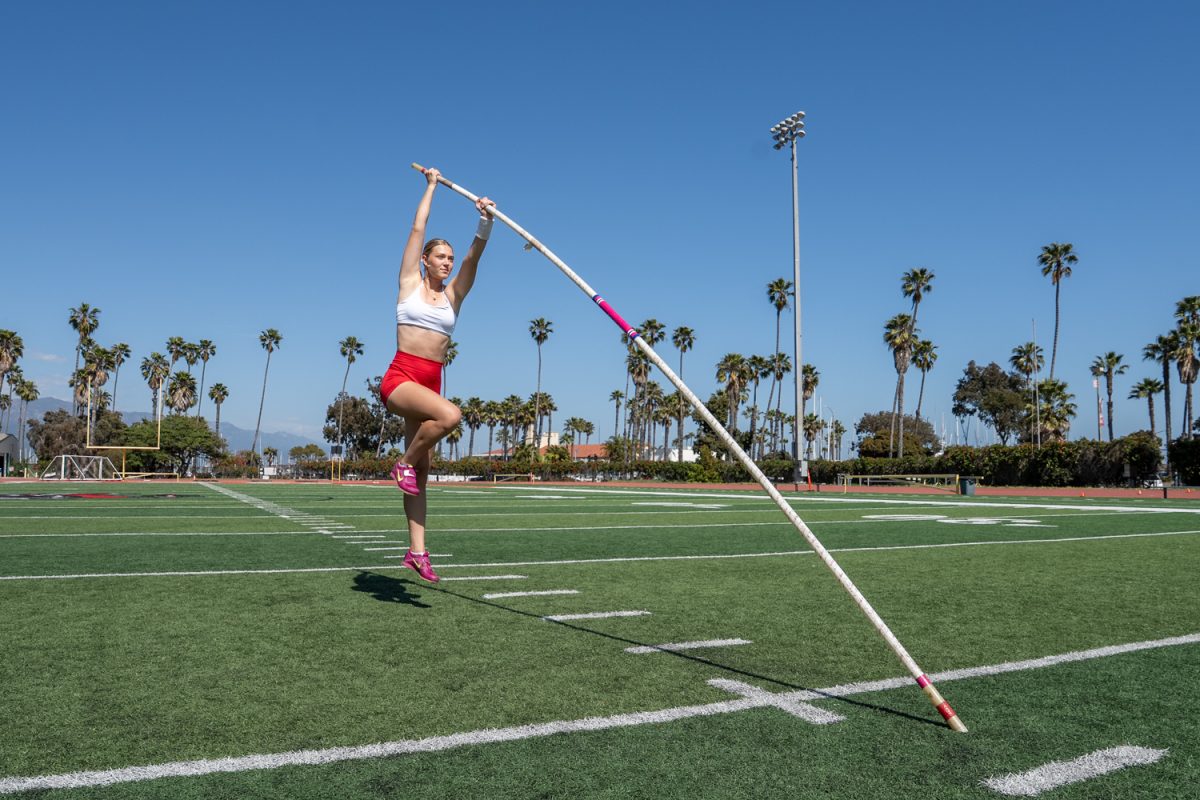Women’s History Month was first acknowledged in 1987 after it was originally a week of celebrations starting in 1981. Since 1995, presidents have issued the month of March as “Women’s History Month.” These acknowledgments celebrate and recognize the contributions women have made to the United States. Here at The Channels, we have chosen to write about those who have inspired us in the entertainment industry.
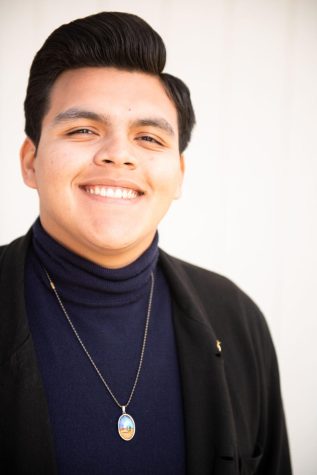 Rodrigo Hernandez, Editor-in-Chief
Rodrigo Hernandez, Editor-in-Chief
Hope Sandoval – Musician
The hauntingly beautiful voice of Hope Sandoval is what has made the band Mazzy Star an indie-darling mainstay since their debut record “She Hangs Brightly” was released in 1990.
Born and raised in East Los Angeles to Mexican American parents, Sandoval had an interest in music at an early age. She and her friend Sylvia Gomez formed a folk duo in 1986 and sent a recording to Kendra Smith, a member of the band Opal. Opal bandmate David Roback produced an album for Sandoval and Gomez’s folk duo, that is still unreleased. Smith would later leave Opal in December of 1987 during a tour, and Sandoval was given the offer to replace Smith. Opal would later become Mazzy Star, with Sandoval being the main songwriter for the band.
According to her website, Sandoval describes herself as a person who values privacy. “For me recording is better,” Sandoval states, “Live, I just get really nervous. Once you’re on stage you’re expected to perform.”
Along with Mazzy Star, Sandoval also released an album and two EPs as Hope Sandoval and the Warm Inventions, and has worked with numerous artists such as The Jesus and Mary Chain and The Chemical Brothers.
As a Mexican American who enjoys listening to alternative music, it is rare to see representation among larger artists. However, Sandoval stands as a silent figure, expressing universal emotions through the medium of music. There is nothing quite as comforting as listening to “Fade Into You” on full blast in your room with warm sheets.
 August Lawrence, Photo Editor
August Lawrence, Photo Editor
Sister Rosetta Tharpe – Musician
Chuck Berry, rock-and-roll’s beginning, right? But you have to dig deeper.
Sister Rosetta Tharpe’s style, simple yet elegant, was a textbook for a basic blues/gospel inspiration.
With a white SG Custom Les Paul and a signature blend of rock, country, jazz and blues, Sister Rosetta Tharpe — the Godmother of rock-and-roll — was among the first to mix the soul of gospel and blues with swing and jazz’s up-beat feel creating rock-and-roll.
Known for hits such as “This Train” (1939) “Strange Things Happening Everyday” (1944) and “Up Above My Head” (1956), Tharpe was among the first African Americans to be featured on both Black and White gospel, country and rock stations. Her love of feedback also distinguished her amid the time’s standard of a clean-sounding Les Paul sound.
Besides laying the alt-Berry style, her recordings inspired greats like Jimi Hendrix and his love of feedback, Keith Richards’ repetitive hooks, and Little Richard and Jerry Lewis’ aggressive performances. Her vocal skills also taught greats like Aretha Franklin and Janis Joplin.
Openly gay throughout the 1930s to the 50s, she helped normalize the entertainment industry’s acceptance of the gay community.
A standout performance is when Tharpe made a crowd of white, upper-class British citizens clap along to her 1964 performance of the soul ballad “Didn’t It Rain” — Johnny Cash covered it because of this.
Tharpe never found the commercial success she deserved but her contribution to rock-and-roll is recognized by lovers of the genre.
 Eric Evelhoch, Sports Editor
Eric Evelhoch, Sports Editor
Manon Rhéaume – Athlete
Ever since the 1973 Battle of the Sexes pitting Billie Jean King against Bobby Riggs in a head-to-head tennis match, questions of whether or not top women’s athletes can compete with men have been a talking point in sports spheres. In 1992, the question was answered for the first time in North American professional team sports when Manon Rhéaume suited up to play a period in an NHL exhibition game for the Tampa Bay Lightning. Rhéaume was a highly touted goaltender who had grown up playing in upper-level boys leagues in Quebec, including one of the most famous youth tournaments in the sport. She served as a trailblazer and since then there have been several women who have played in the Quebec Major Junior Hockey League, a top under-21 league in the sport. More recently, Canadian Olympic goalie Shannon Szabados competed in the Southern Professional Hockey League over the course of four seasons. Rhéaume’s appearance for the Lightning helped to draw more eyes to women’s hockey, which became an official Olympic sport in 1998 and has since become one of the most-watched events of the winter thanks to the rivalry between the United States and Canada.
 Bianca Ascencio, Features Editor
Bianca Ascencio, Features Editor
Jessica Mendoza – ESPN commentator & Olympic Athlete
Being a baseball fan, I always wanted to see myself somehow in the male-dominated game. In 2015, I saw that happen. Jessica Mendoza, Olympic Gold and Silver medalist, was the first woman to serve as an analyst during a nationally televised Major League game. In 2020, Mendoza served as an analyst in ESPN’s English-language Korean Baseball Organization League coverage for the 2020 regular season. In the 2020 MLB season, she became the first woman to serve as a solo analyst for a national package of MLB game telecasts. Mendoza was the first woman to serve as an analyst for the 2020 World Series for MLB Radio. Prior to that, she became the first female ESPN MLB game analyst on television during the August 24, 2015 edition of Monday Night Baseball. A few months later, she was the first female analyst for a nationally televised MLB Postseason game, calling the American League Wild Card Game on ESPN. That year, she also was the first female analyst for a Men’s College World Series telecast.
Mendoza appeared on several Sunday Night Baseball telecasts during the stretch run of the 2015 season and in 2016. A Stanford graduate, Jessica Mendoza has not only encouraged me to continue on my dreams, but has shown a lot of resilience and grit to continue on in a male-dominated field. Being able to talk to her during the 2018 season was definitely a highlight of mine, and her being local ties it in even more. Knowing that so many women have come before me in this field makes it even more worthwhile knowing that someday I may be the one that inspires a young girl to see that it is possible.


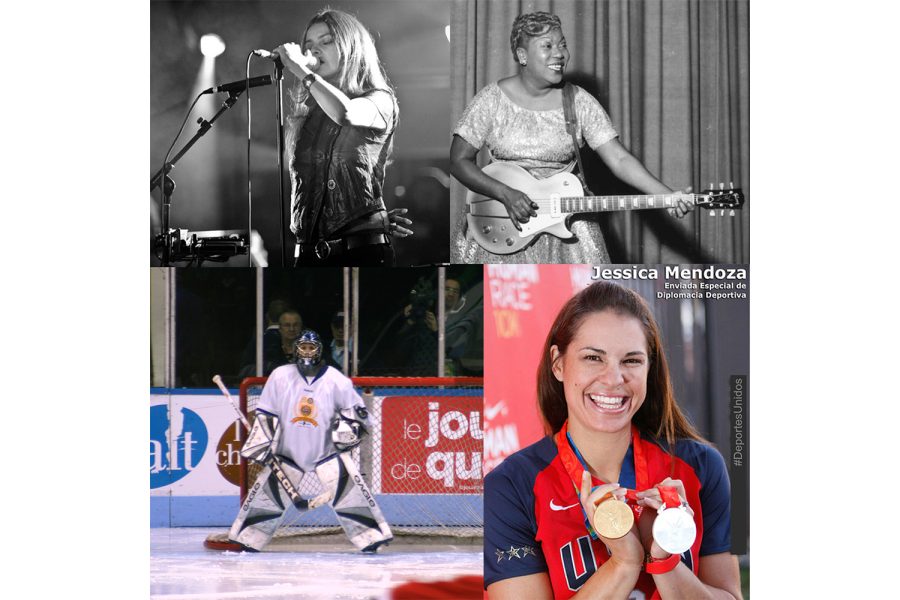




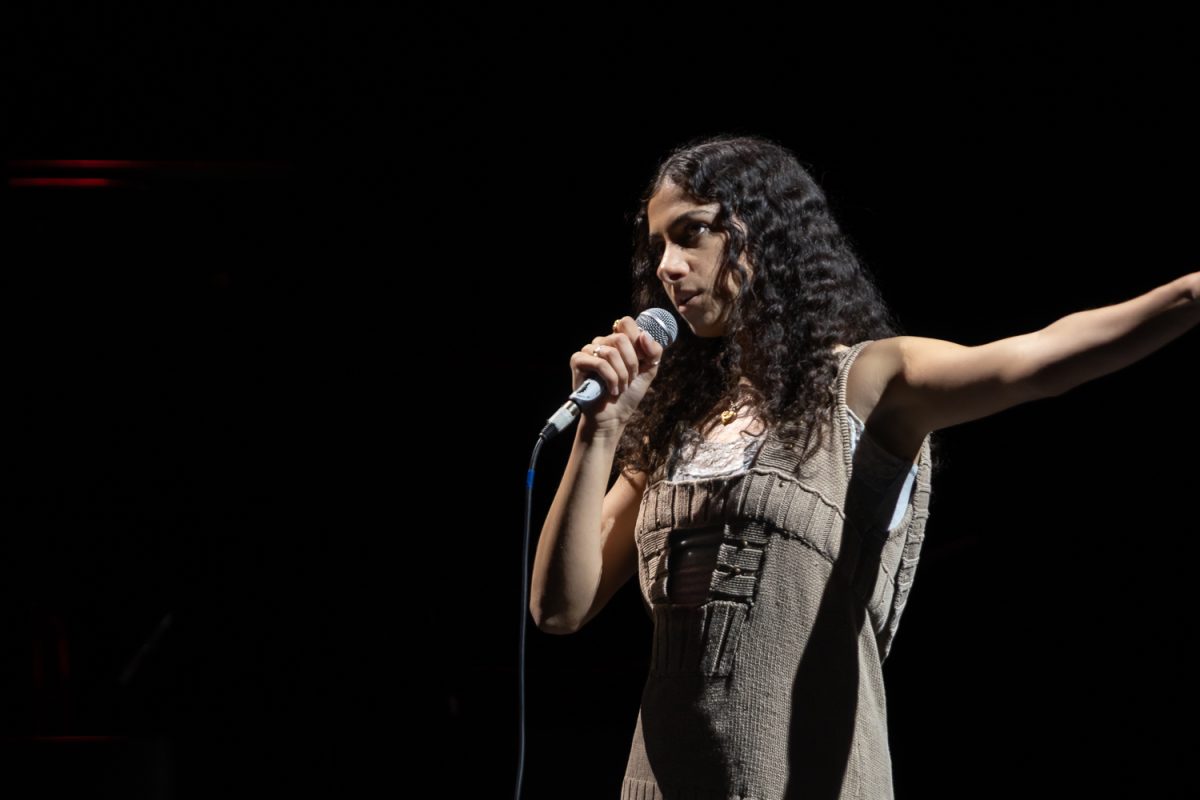

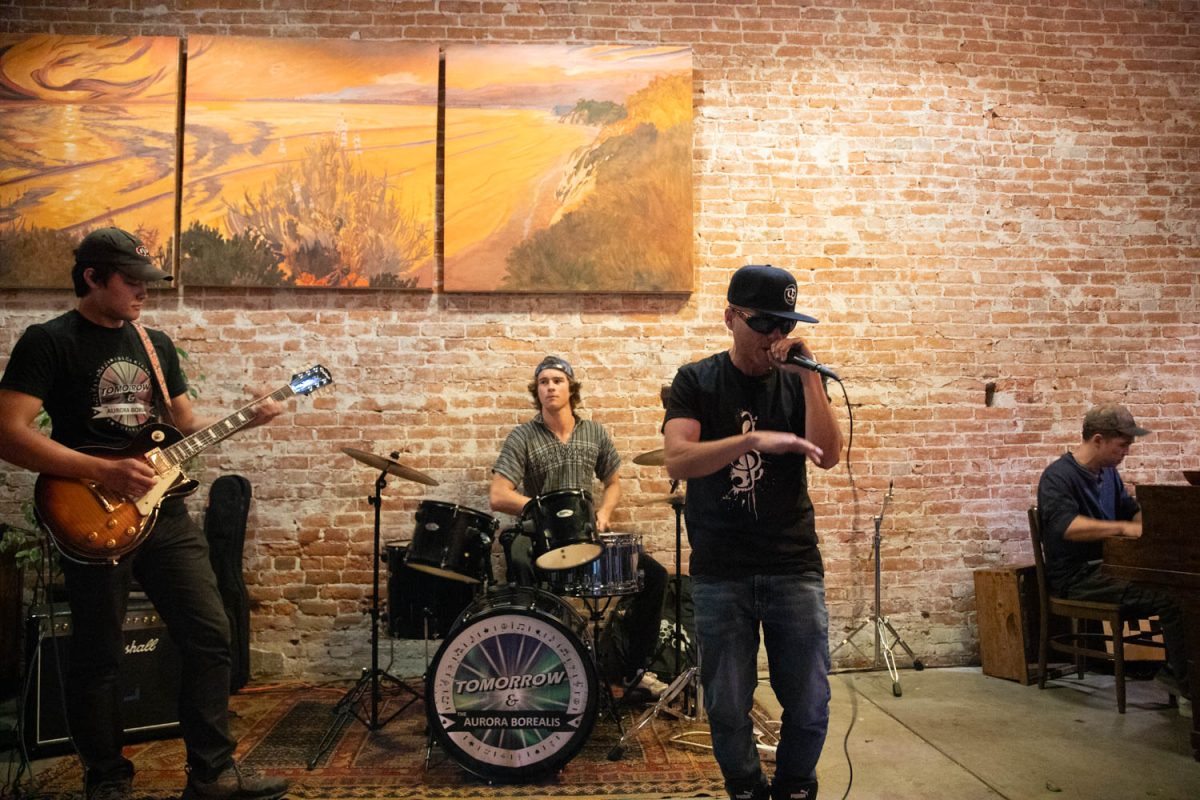



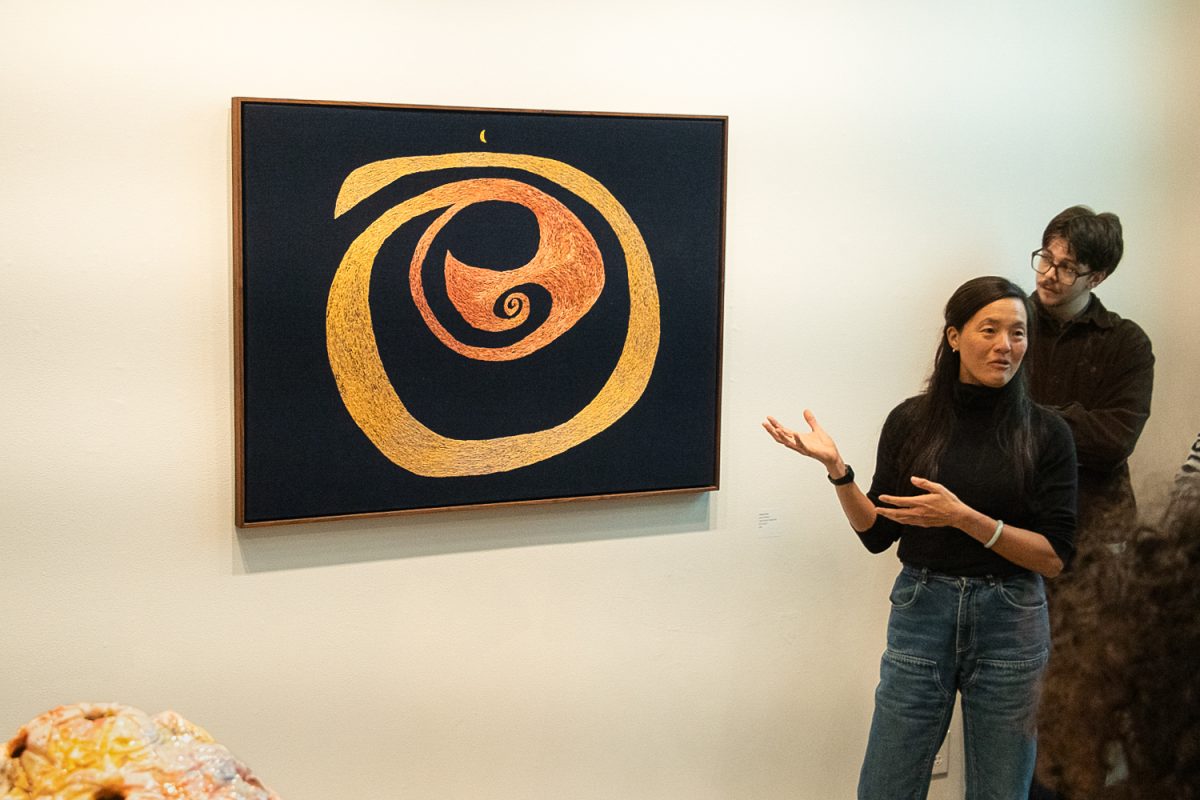
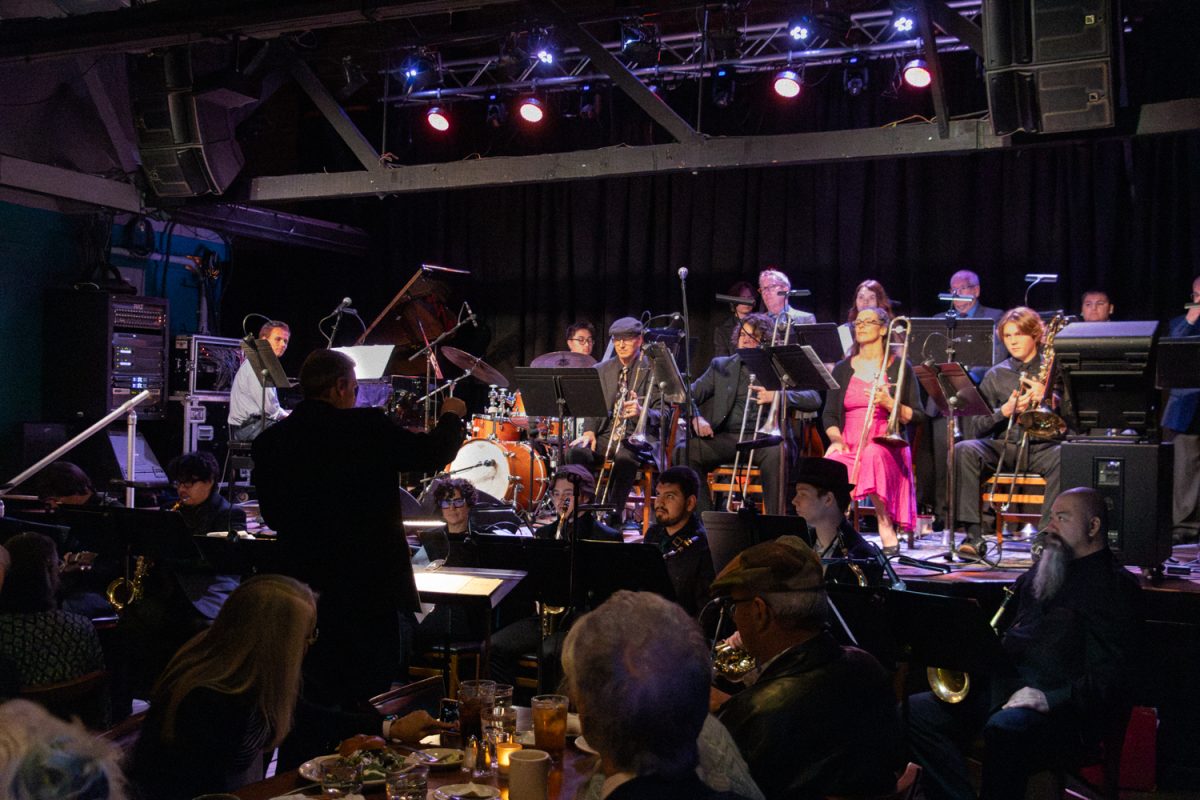
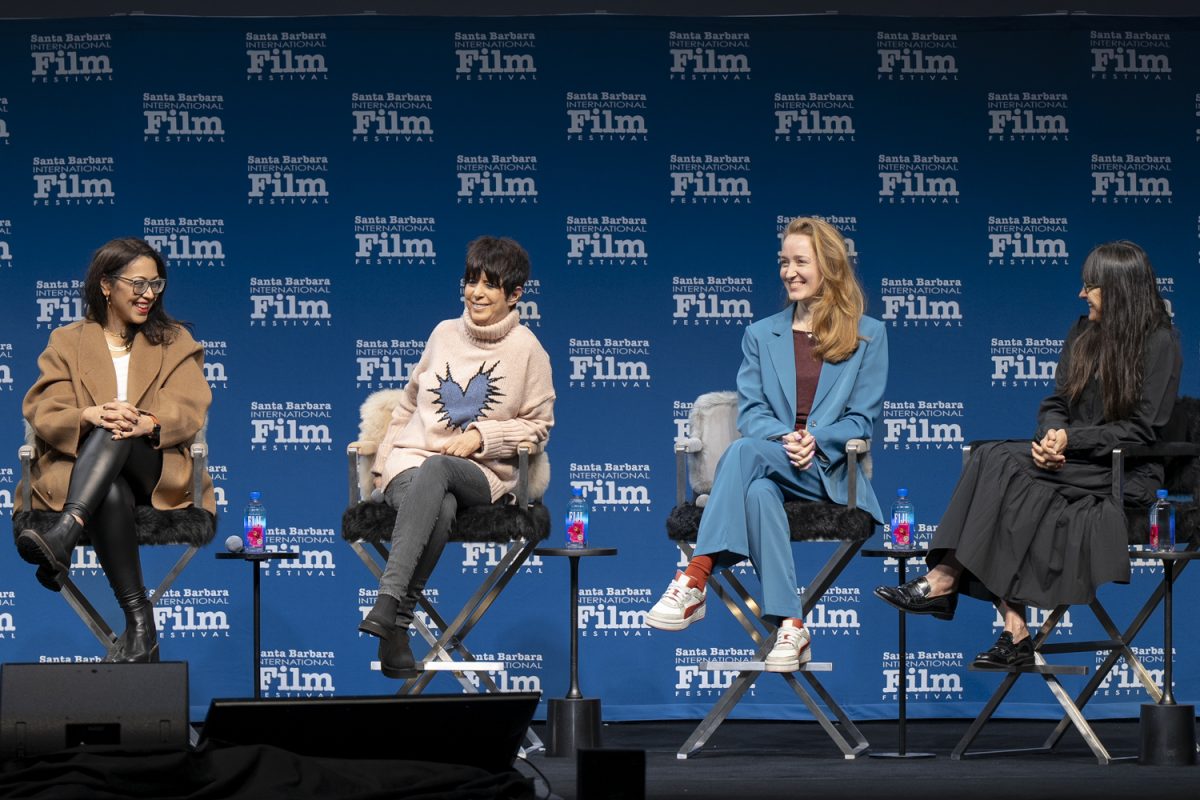

![Milton Alejandro Lopez Plascencia holds a flag showcasing the United States and Mexico on Feb. 7 in Santa Barbara, Calif. “It’s heartbreaking to see what is happening all across the country,” Lopez Plascencia said. “I [want] my voice to be heard by the community.”](https://www.thechannels.org/wp-content/uploads/2025/05/MGSImmigration-1-1200x800.jpg)

